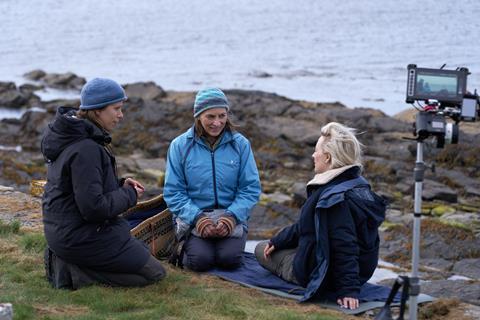
German filmmaker Nora Fingscheidt had never visited the remote Scottish islands of Orkney before directing Amy Liptrot’s 2016 memoir The Outrun.
Liptrot’s book tells the author’s story of a young woman who finds herself back home on Orkney as she battles to rebuild her life after a decade of addiction.
“The islands are a character, nature is a character in the book,” says Fingscheidt.
The fast-rising director, whose feature credits include the award-winning drama System Crasher and English-language Netflix title The Unforgivable, starring Sandra Bullock, wanted to bring her clear-eyed view as an outsider to the film’s depiction of an iconic Scottish landscape.
The Outrun was developed and produced by Sarah Brocklehurst at Brock Media, and Dominic Norris at Arcade Pictures. Saoirse Ronan stars and co-produces alongside Jack Lowden through Arcade, with the support of BBC Film and Screen Scotland, in co-production with Germany’s Weydemann Bros and Studiocanal.
It opens the Edinburgh International Film Festival on August 15; Studiocanal will release the film in the UK and Ireland on September 27. Sony Pictures Classics has US rights, while Protagonist Pictures is handling international.
Fingscheidt first visited Orkney on a recce for a week and ended up shooting four stints throughout 2022 into 2023. (The film also shot in FirstStage Studios in Leith and in East London.) The Orkney shooting schedule was timed to naturally occurring events from Liptrot’s memoir. The film shot on two Orkney locations – the Mainland island in Kirkwall and Stromness and on the tiny island of Papa Westray which has a population of just 60.
“It was clear we had to go when the lambs were being born, and that’s in April on Orkney,” she explains. “We had to go when the birds are nesting on Orkney’s cliffs, that’s in June. And then we had to film scenes when the seals are there, in September. We came back in winter for some snow footage in February.”
It also meant the production had to be nimble with quick set-up times, always reliant on weather forecasts and wind conditions. One of the biggest challenges shooting on Orkney was the weather was too good.
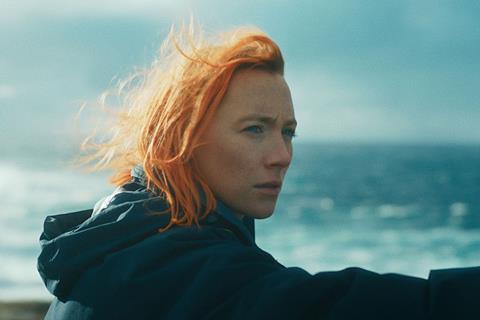
“We wanted and needed storm roughness,” Fingscheidt says. “Our main shoot was in summer, Orkney was blessed with really good weather. We had very little wind, wonderful blue sky, sunny days.”
In the end, the production got lucky. “On the very last shoot weekend, there was a little gale. You also always have to balance if it’s too windy, you can’t go with the film team close to the cliff edges but you need a certain amount of wind that looks dramatic on the camera.”
Another occasion required a gale to be blowing and rain lashing against the cottage windows. “In reality, it’s a leaf blower and hoses spraying water against the windows,” Fingscheidt smiles, explaining it was impossible to transport big wind machines onto Scotland’s remote islands.
Fingscheidt worked with as many Orcadians as possible in front and behind the camera, particularly in the set design, production design and hair-and-makeup departments.
Liptrot herself was around for much of the shoot. “It was this 360-degrees research experience,” says Fingscheidt of Liptrot’s presence. “I could call her anytime if I had any questions, ‘Does it feel fake here? Or do you think that is what happened? Or do people talk like that?’”
While filming on Mainland, the cast and crew were located in different Airbnbs and hotels. On Papa Westray, there is no hotel, only a hostel with 12 beds. Fingscheidt and a crew reduced to the bare bones stayed in islander’s private houses. The islanders embraced the filmmaker and her crew, even re-creating a Muckle Supper – an harvest celebration normally held in the autumn. “That was a magical experience,” says Fingscheidt.
To recreate a Muckle Supper for the film, Fingscheidt handed complete creative responsibility over to the Papa Westray people. “They all came together, friends and family, from other islands too. They danced and the local band played and we became more like a documentary unit to film it,” she smiles. “When you think people centuries on are dancing the same dances, it becomes something spiritual in a way and not something that’s just fun and entertaining.”




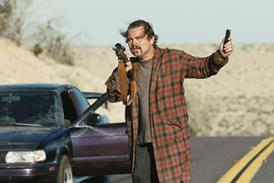

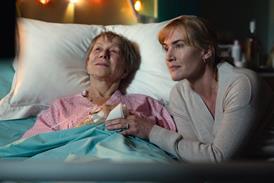


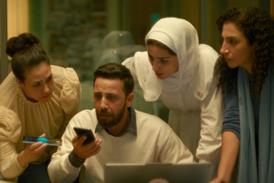



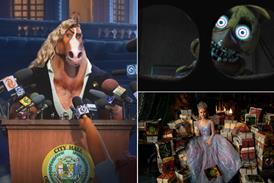
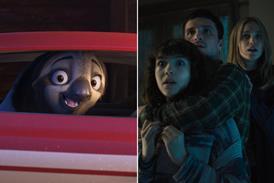

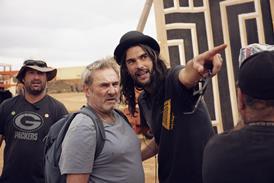







No comments yet